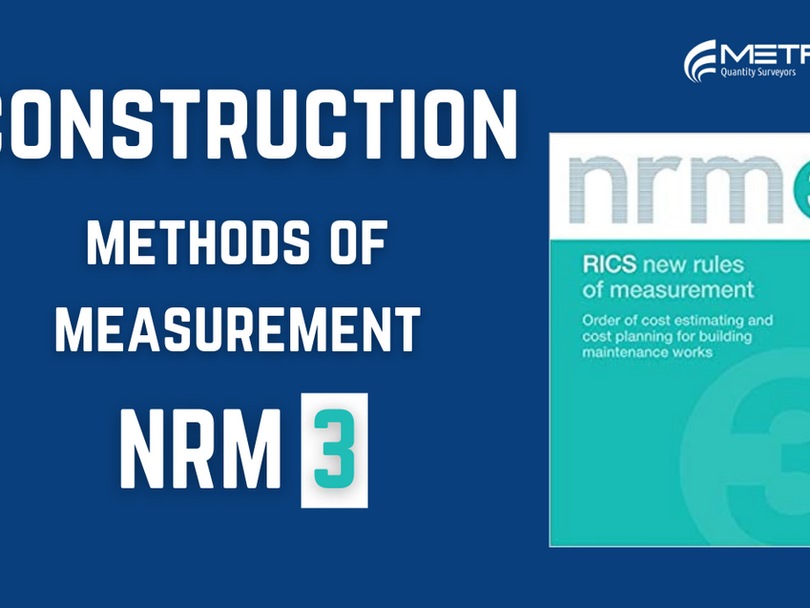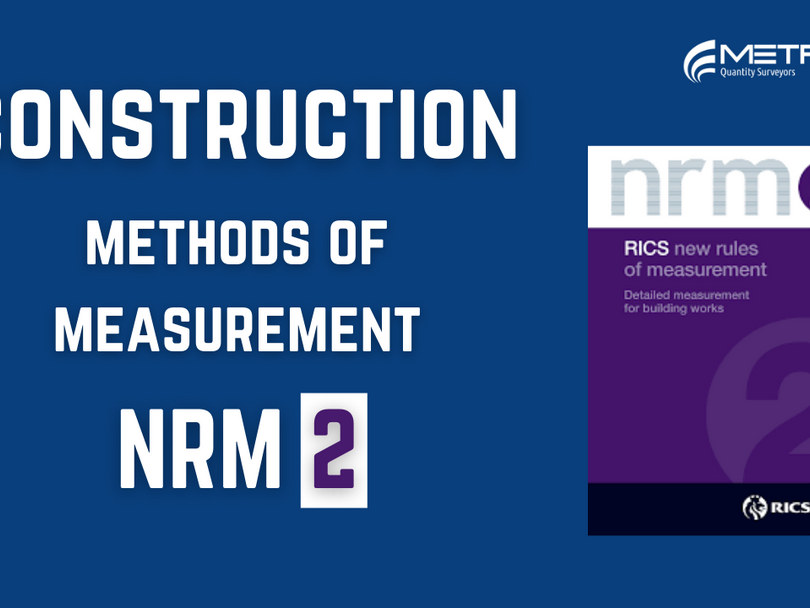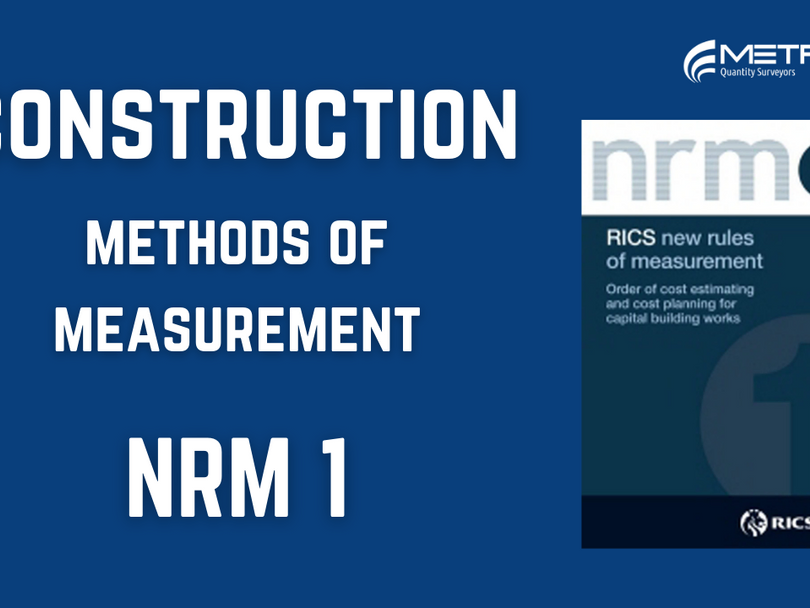The Most Expensive Infrastructure Projects In Each Continent

When you hear the term “in an ever connecting world”, you may automatically think of the internet, your phone, or
Interim Valuation Process Explained – Quantity Surveying

In a pervious article we discussed the purpose of valuations in Quantity Surveying and how they serve the interim payment process during the lifecycle of a project. In this article, we are going to delve a little deeper into some of the practical steps on how valuations are carried out. This article has been made using the information provided by RICS in the Interim valuations and payments 1stedition, August 2015. The RICS states the following on the purpose of valuations: “The purpose
The Top 10 Quantity Surveying Universities In The UK | Master’s Edition

Following our recent post on the best universities to study Quantity Surveying at undergraduate level, we have been asked on
What are Interim Valuations? – Quantity Surveying

Valuations are a significant part of Quantity Surveying. Throughout your career, you’ll need to know how to carry out and assess valuations. In this 3 part series we’re going to be looking into what valuations are and why they are required (Part 1), the practical steps on how valuations are carried out (Part 2) and the interim payment process including terms, deadlines and UK law (Part 3). This article, which forms part 1 of the series will look into what valuations are and why they are required. The RICS provides the following definition for valuations. “Valuation is the process by which the quantity surveyor arrives at the value. It normally involves visiting site and checking that the work has been carried out by visual inspection and/or measurement.” The valuation of a construction project is important for many reasons. One of which is that it facilitates interim payments to be made to the contractor (these are known as external valuations). Another purpose, is for reconciling value against cost in the CVR (these are knownas internal valuations). In this video we’ll be exploring external valuations. External valuations are what interim payments are based on. Interim payments are vital for a construction projectswhich span over a longer duration as it enables on-going financing for the contractor, alleviating some of the pressure of finding adequate funds to maintain a positive cash flow. However, interim payments are not only just a convenience for the contractor who is carrying out the works, it’s also a requirement under UK law, something we will discuss more about in part 3. For now we’ll delve a little deeper into valuations. In this example, we’re going to assume the payment method is based on assessment against a Bill of Quantities. Usually, carried out on a monthly basis, the contractor’s Quantity Surveyor will carry out a realistic assessment of what work has been carried out on site to form part of the valuation. This is achieved using mixture of measurement and visual inspection. The quantities derived from this assessment are then multiplied by the agreed rates on the Bill of Quantities. The sum is then combined with a portion of the preliminaries to make up the external valuation. Other payment methods will require a slightly different approach. For example: · Activity schedule – where payment is made upon completion of certain activities, or · Cost based contract, where the contractor gets paid for cost which is deemed allowable under the contract, or · Fixed stage payments agreed at the start of the contract The type of payment method utilised will impact how the external valuation is carried out. However, the principle is the same. It determines what amount the contractor believes is due to be paid from the employer. The employer will then carry out their assessment on the valuation and follow this up with a payment notice/ certificate. It should be noted, the valuation is a reflection of the value from the start of the project up to the assessment date (not the value since the previous assessment date). Why not check out our video on this subject?
The Top 10 Quantity Surveying Universities In The UK | Undergraduate

One of the most common ways in pursuing a career in Quantity Surveying is by studying and obtaining a degree
Construction Methods of Measurement – NRM 3

The Royal Institute of Chartered Surveyors (RICS) have developed and published a suit of documents titled the New Rules of Measurement or NRM for short. There are 3 volumes that make up the New Rules of Measurement. We have videos and blogs covering NRM 1 which covers the order of cost estimating and cost planning for capital building works and NRM 2 which details rules and guidance around detailed measurement for building works, specifically focusing on Bill of Quantities. This blog and video is going to provide a summary of what NRM 3 is and what it was developed for. NRM 3 is titled: “Order of cost estimating and cost planning for building maintenance works”. Unlike NRM 1
How To Get A Job Abroad As A Quantity Surveyor

In a recent poll, we asked you guys if it was your intention to work aboard at some point in
Construction Methods of Measurement – NRM2

The Royal Institute of Chartered Surveyors (RICS) have developed and published a suit of documents titled the New Rules of Measurement or NRM for short. There are 3 volumes that make up the New Rules of Measurement, NRM 1, NRM 2 & NRM 3. This blog is going to provide a summary of what NRM 2 is and what it was developed for. If you would like to obtain a brief overview of the history of methods of measurement for construction and a brief overview of the 3 NRM volumes that are used today, then please takea look at our “construction methods of measurement – explained” video and blog that can be found on this website or Youtube. NRM 2 is titled: “Detailed measurement for building works” and deals with Bill of Quantities (BoQs), all aspects of them! So, if you do not know what a Bill of Quantities is or the benefits ofthem, then we would highly recommend watching our “Bill of Quantities explained” video or reading our blog for a brief overview. But, to speed things up, the main purpose of a Bill of Quantities is to provide a list of items alongside their descriptions and quantities, that are required to complete a construction project. Contractors & Subcontractors are then able to attribute their price to each aspect of the works – resulting in a total cost for the construction project. NRM 2 replaced the Standard Method of Measurement for Building Works in 2013, which was also published
Construction Methods of Measurement – NRM 1

The Royal Institute of Chartered Surveyors (RICS) have developed and published a suit of documents titled the New Rules of Measurement (NRM). There are 3 main New Rules of Measurement, NRM1, NRM2 & NRM3. This particular blog is going to focus on NRM 1 and provide a summary of what it is and what it was developed for. If you would like to obtain a brief overview of the history of methods of measurement for construction and a brief overview of the 3 NRM volumes that are used today, then please takea checkout our “construction methods of measurement – explained” video on youtube or take a look at the blog on our website under the same name. NRM1 is the order of cost estimating and cost planning for capital building works. The first edition was
How to prepare for a degree in Quantity Surveying

Starting a degree can be daunting. Especially if you’ve spent some time outside of education. In this article, we are


